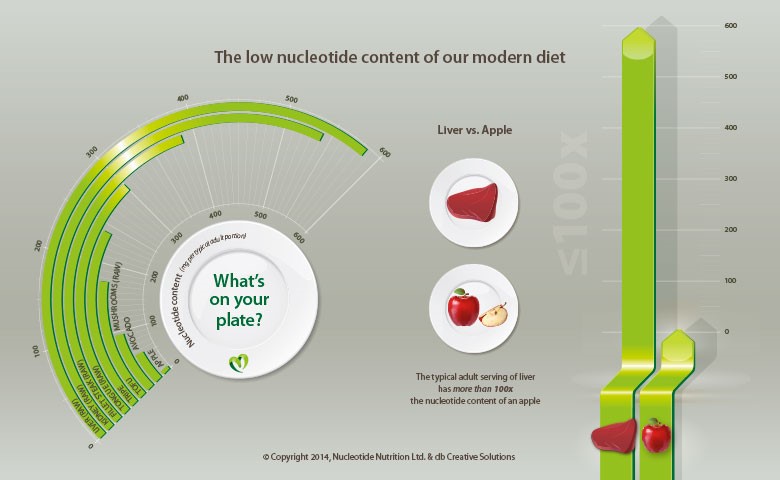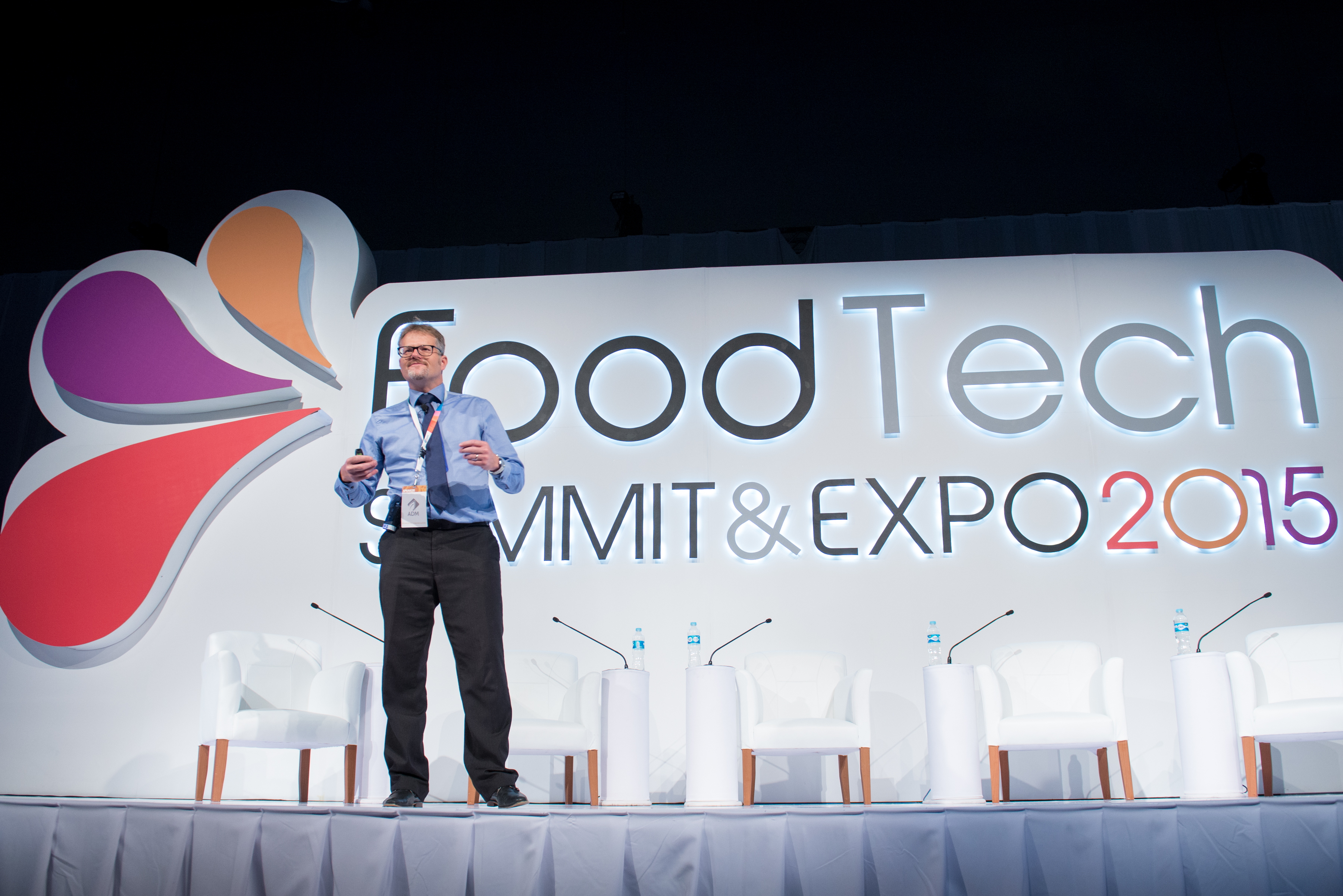The popularity of GLP-1 Receptor Antagonists (GLP-1RA), licensed medications that help to regulate blood sugar and may promote weight loss, have been a constant news item since 2022 due to their use by celebrities to affect rapid weight loss. Whilst many of these medicines have been available for several years, as a treatment for Type 2 Diabetes, this celebrity endorsement catalysed their use worldwide as a weight loss medication.
According to a FAIR Health white paper, released May 2025, an increase from 0.9% in 2019 to 4.0% in 2024 has been observed for GLP-1RA prescriptions, with over two percent of US adult patients now prescribed GLP-1RA drugs to treat overweight or obesity (1). This however is only part of the story; a 3000-person consumer study conducted by PwC US (2) suggests that c8-10% of Americans are actually taking GLP-1RAs, while c30-35% of Americans are interested in using them. In the UK, it is estimated that 1.5 million people are already using weight-loss medications mainly through online providers (3).
With such a rapid take-up of GLP-1RAs, particularly for weight management, which is predicted to continue its trajectory, what does this mean for food manufacturers? Let us consider some of the specifics.
Firstly, there’s the satiety effect of these medications. GLP-1RAs mimic hormones that regulate appetite and blood sugar meaning that the consumer is requiring smaller portions.
Reportedly, people taking GLP-1RAs are less interested in high-fat, salty and starchy foods, whilst flavours previously considered as indulgent are no longer holding the same appeal. Some retailers are already reporting a dip in sweet snacks with a suggested 4% decline in soft drinks, alcohol and salty snack sales over the next decade (4).
Then there are side-effects from these medications which include nausea and gastrointestinal issues. Some formulators are responding to this by creating meals that are more easily digested.
What happens once a person stops taking GLP-1RAs? A University of Oxford study (3) concluded that ‘Cessation of GLP-1RAs leads to a return to baseline weight in less than two years with no difference to control groups in less than one year’. Ex consumers of GLP-1RAs will likely need trusted products to assist in maintaining the weight loss.
There are clear actions that can be taken by the food industry to meet the needs of this growing cohort during their journey with GLP-1s as well as in the months coming off them. Redesigning formulations to meet these new taste preferences, portion sizes, digestibility, and nutrition density, particularly with respect to protein, will become an important focus of activity across NPD and marketing activities in those organisations that plan to ride this new wave rather than just weather the storm.
References:



